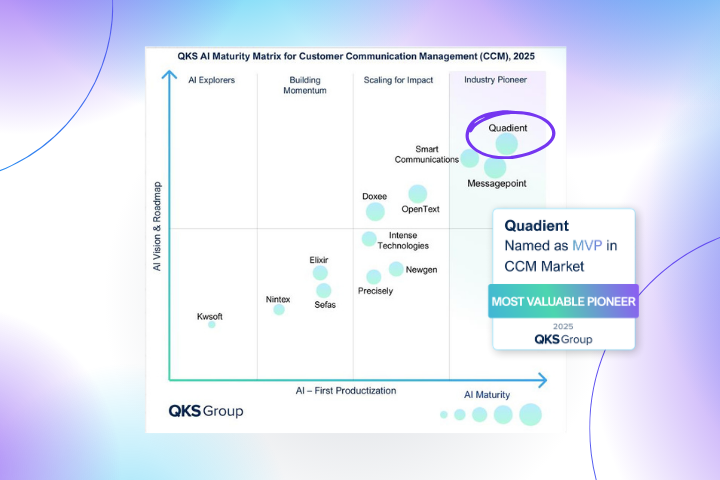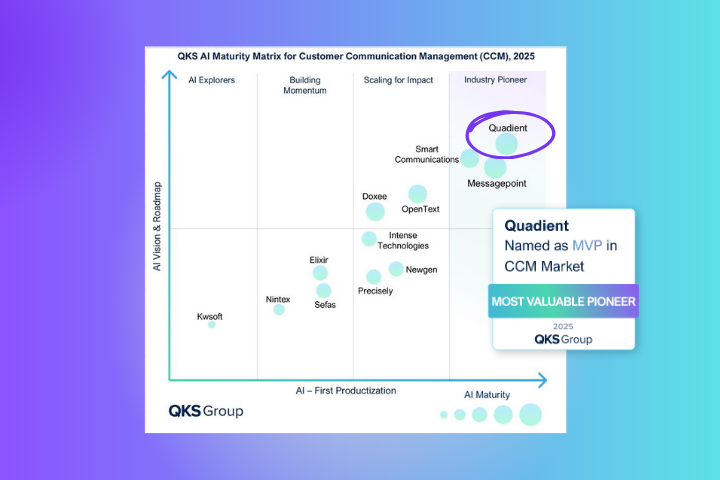
Today’s enterprises face a plethora of challenges from an increase in communication channels to changing regulations, as well as the need to remain competitive and compliant. The more customers, communication channels, products and services an organization has, the more likelihood there are many solutions, systems, and processes underneath to manage it all. And the older the enterprise is, the more varying levels of technology, both legacy and modern, that still exist. The result is an infrastructure of software, hardware, and business rules that requires a lot of care, and often the specialized knowledge of dedicated support teams to maintain.
Those who maintain these systems fear what might happen should those with the knowledge retire or worse yet, one of these systems fail losing the ability to produce those communications. Stakeholders tend to not be fully aware of the underlying challenges and maintenance, instead they are concerned with making sure the compliance-required changes to their communications are made in a timely manner; they struggle to understand why adding new channels such as mobile output is taking IT so long.
Management of customer communications (which include bills, statements, policies, claims, and more) often lacks a holistic strategy across various lines of business and types of communications. This challenge , exacerbated by the rapid introduction of new communication technologies, has lead to organizations adopting one-off tools to handle the output to these channels. Varying communication needs and solution preferences throughout the organization has also lead to duplicate, but siloed CCM solutions across lines of business in addition to mergers and acquisitions increasing the number of tools IT is left to manage.
In a new white paper "One Platform to Rule Them All: Consolidating Platforms for Managing Customer Communications," Madison Advisors helps enterprises understand the benefits of migrating from multiple customer communications management (CCM) platforms to one end-to-end solution, including:
- Centralizing communications to increase efficiency
- Streamlining processes and eliminating operational silos
- Ensuring consistency in brand image and messaging
- Enabling next-gen communications
- Cost savings and ROI considerations
- Keeping it all in-house
- Integration with legacy systems
Many enterprises still have separate teams dedicated to creating communications for print, mobile, email and web – leading to operational inefficiency, high costs, inconsistency and compliance risk.
With the desire to streamline processes, eliminate organizational silos, reduce costs and improve customer experience, thousands of enterprises worldwide are migrating to a single end-to-end customer communications management (CCM) solution. However, such a migration can be a complex undertaking. Therefore, selecting a CCM provider who has a proven methodology and extensive migration experience is critical.
In our new guide "Moving Toward Customer Experience Excellence: 4 Steps to a Successful Migration", we highlight the 4 steps GMC Software takes to ensure a successful migration every time, as well as 3 unique case studies of successful enterprise CCM migrations.







